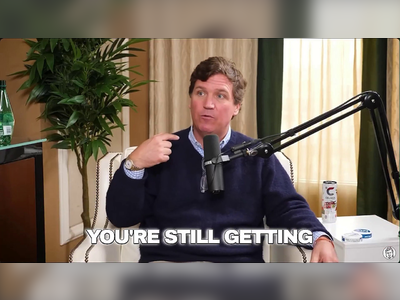YouTube will start using AI to guess your age. If it’s wrong, you’ll have to prove it
A limited US rollout will use AI to infer user age from viewing behaviour, triggering safety settings or requiring verification when needed.
YouTube has initiated a trial of a new age-verification system in the United States, employing artificial intelligence to estimate whether viewers are over or under eighteen based on their viewing history, search activity, and account duration.
This system operates independently of the date of birth provided at account creation.
Users identified as minors will automatically receive the platform’s existing youth protections, including reduced personalization, digital wellbeing tools, and content limitations.
The trial applies to a small number of logged-in users, with plans for a broader rollout if testing is successful.
Users incorrectly classified as minors may appeal by providing a government-issued ID, a credit card, or a selfie scan to confirm their age.
No sensitive data submitted for this verification—including ID or credit cards—will be retained for advertising purposes, and the system is designed to remove such data if used for verification.
The introduction of this system comes amid increasing regulatory scrutiny in the United States, including provisions in recent legislation aimed at strengthening youth protections online.
It follows similar systems deployed in other jurisdictions where platforms face legal requirements to prevent minors from accessing inappropriate content.
In parallel, the United Kingdom has implemented the Online Safety Act, effective from July of this year, mandating that platforms deploy strict age-verification measures to restrict minors’ access to harmful material.
This has led to widespread adoption by platforms including Reddit, Discord, and others, employing third-party verification services or biometric checks.
Non-compliance with the law may lead to fines of up to ten percent of global turnover or eighteen million pounds, and potential site blocking.
YouTube’s trial reflects a growing trend among global platforms to integrate age assurance tools—either AI-based estimation or verification—to align with evolving online safety regulations and expectations.
This system operates independently of the date of birth provided at account creation.
Users identified as minors will automatically receive the platform’s existing youth protections, including reduced personalization, digital wellbeing tools, and content limitations.
The trial applies to a small number of logged-in users, with plans for a broader rollout if testing is successful.
Users incorrectly classified as minors may appeal by providing a government-issued ID, a credit card, or a selfie scan to confirm their age.
No sensitive data submitted for this verification—including ID or credit cards—will be retained for advertising purposes, and the system is designed to remove such data if used for verification.
The introduction of this system comes amid increasing regulatory scrutiny in the United States, including provisions in recent legislation aimed at strengthening youth protections online.
It follows similar systems deployed in other jurisdictions where platforms face legal requirements to prevent minors from accessing inappropriate content.
In parallel, the United Kingdom has implemented the Online Safety Act, effective from July of this year, mandating that platforms deploy strict age-verification measures to restrict minors’ access to harmful material.
This has led to widespread adoption by platforms including Reddit, Discord, and others, employing third-party verification services or biometric checks.
Non-compliance with the law may lead to fines of up to ten percent of global turnover or eighteen million pounds, and potential site blocking.
YouTube’s trial reflects a growing trend among global platforms to integrate age assurance tools—either AI-based estimation or verification—to align with evolving online safety regulations and expectations.










